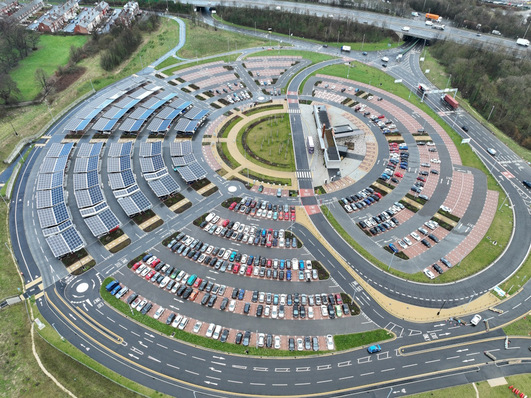Conducted by the Raycatch team, this industry benchmark study shows for the first time the true potential of solar asset optimization through AI analysis of real production data and clear quantification of technical issues in PV plants around the world. For the research, Raycatch analyzed raw data derived from 75 geographically diverse utility-scale solar plants with a total capacity of 1.2GW with DeepSolar, its cloud-based, fully-automated diagnostics system that delivers a 360° view of PV assets.
This study presents the typical solar plant in terms of size and components, the main causes for performance issues and their scope, and it clearly quantifies the energy losses that can be recovered by smart maintenance and optimization.
What are some of the main findings of the study?
• The average solar plant has installed capacity of 16.1MW, with 2,298 strings and 115 inverters.
• 65% of the plants have disconnected strings, 55% have inverters operating below their specifications, and 35% have faulty irradiance sensors.
See also: End-of-warranty plant and equipment assessments
• The average recoverable energy is 5.27%, which represents a yearly potential recoverable extra income of $160,000 per plant.
• The global annual potential savings was $6.3 billion in 2019 and is expected to reach $14.48 billion by 2024.
Using AI to normalise and analyse data
“The Asset Management and O&M business units in the solar industry must adopt an automated and proactive approach, and base their actions on analysed data instead of manual processes or mere ‘feelings’. This is the only way they can thrive and strengthen their competitiveness in these challenging times and shrinking returns,” explains Haggai Hofland, Raycatch CEO and Founder. “With daily use of solar diagnostics systems that use AI to normalise and analyse the PV assets’ data, such as our own DeepSolar, it is possible to quickly identify very specific performance issues and their root-causes. Following data-driven insights and recommendations, professionals can make their solar portfolios much more efficient and get the most from their investments.” The full report can be downloaded for free here. (mfo)







